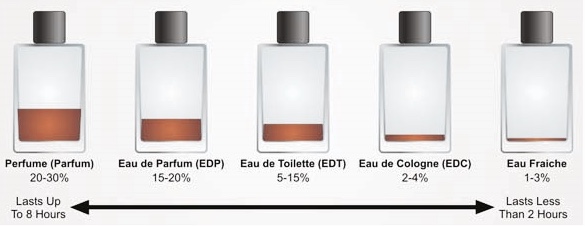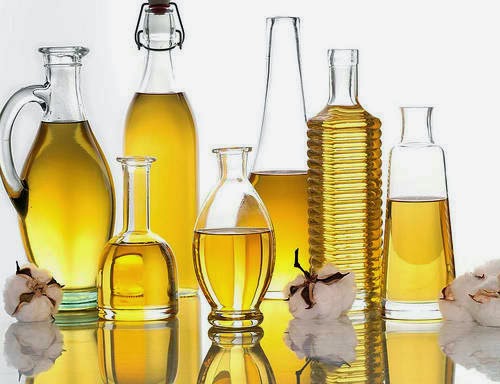What’s that smell?
In the last blog post, we learned Eau de cologne (EDC), Eau de Parfum (EDP), and finally Eau de Toilette (EDT) indicate the concentration of perfume oil present, with EDC containing the lowest concentration of perfume oil. The alcohol to scent ratio is what differentiates EDC from EDT, and EDT from EDP.

So, let’s dig a bit deeper into the creation of fragrances. Most commercial fragrances are actually perfume oils with fillers. These fillers are the medium through which the pure perfume oil is applied to your skin. Actual perfume oil is highly concentrated and provides the highest scent payoff. Plainly put, a basic fragrance is composed of perfume oil, distilled water, and alcohol (Ethanol- think Everclear). The alcohol component of a perfume is what causes the scent to disappear faster. However, it also allows for a longer shelf life. Carrier oils such as jojoba or almond can be used as well, but for the sake of this post, alcohol will be the referenced carrier.
Perfume oils are a combination of essential and synthetic oils. Of course there is a method to creating this combination of perfume oils. Top, heart (middle), and base notes are what make up the perfume oil. The “notes” are various essential oils. Preferably ones that compliment each other. A balanced aroma of top, middle, and base notes are key in achieving a successful fragrance.
Notes that evaporate quickly and give the perfume oil freshness, lightness, and it’s first impression are considered to be the top note. Middle notes, the “heart”, give the fragrance its signature identity. The middle note becomes apparent once the top note has faded. Now, we are down to the base note. Base notes are heavier and evaporate the slowest. They tend to linger, aiding in the longevity of the scent. Two examples of common base notes are vanilla and sandalwood.

There is an art to creating a fragrance. The process also requires patience and time. Of course, this only applies if you are interested in creating your own scent versus buying in a department store. If you decide to go the DIY route, here are some things you should know. The order in which you add ingredients, matters! Decide what your base, middle, and top notes, will be comprised of. Once that decision is made, you add the base first, then the “heart”, and lastly the top note. And of course, there is math involved in determining how many drops of each note to use. However, we are going to skip that part and keep it basic! After you have the oils all mixed together, shake and then wait a week for the oils to completely mix. Once a week has passed, smell your concoction. If you like it, keep pushing to the next step. If you’re not a fan of the scent you’ve created, toss it and start over! Perfumery is definitely trial and error!

Finally, if you liked your oil mix, you will add the appropriate amount of alcohol, shake and store for at least a month! Yes, it’s that deep! Hopefully, your end product will have a pleasant aroma and not smell like straight alcohol. Just remember, trial and error if you decide to go this route and create your own fragrance.
Remember, due to differences in body chemistry, temperature, and natural body odors, no fragrance will smell exactly the same on everyone. So, try before you buy! If you decide to create your own fragrance, have patience and enjoy the process of creating.
photos: google images